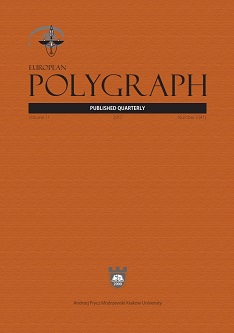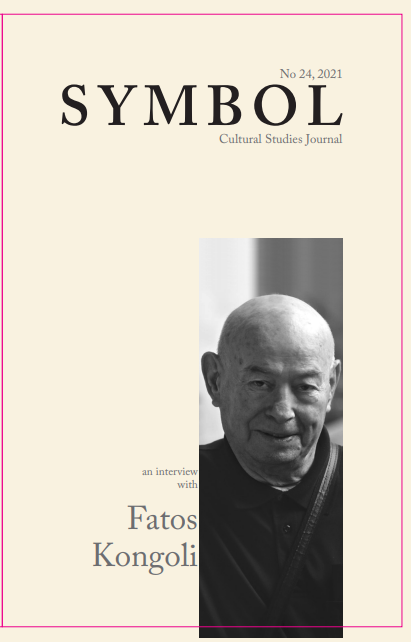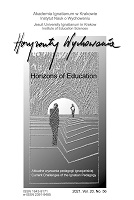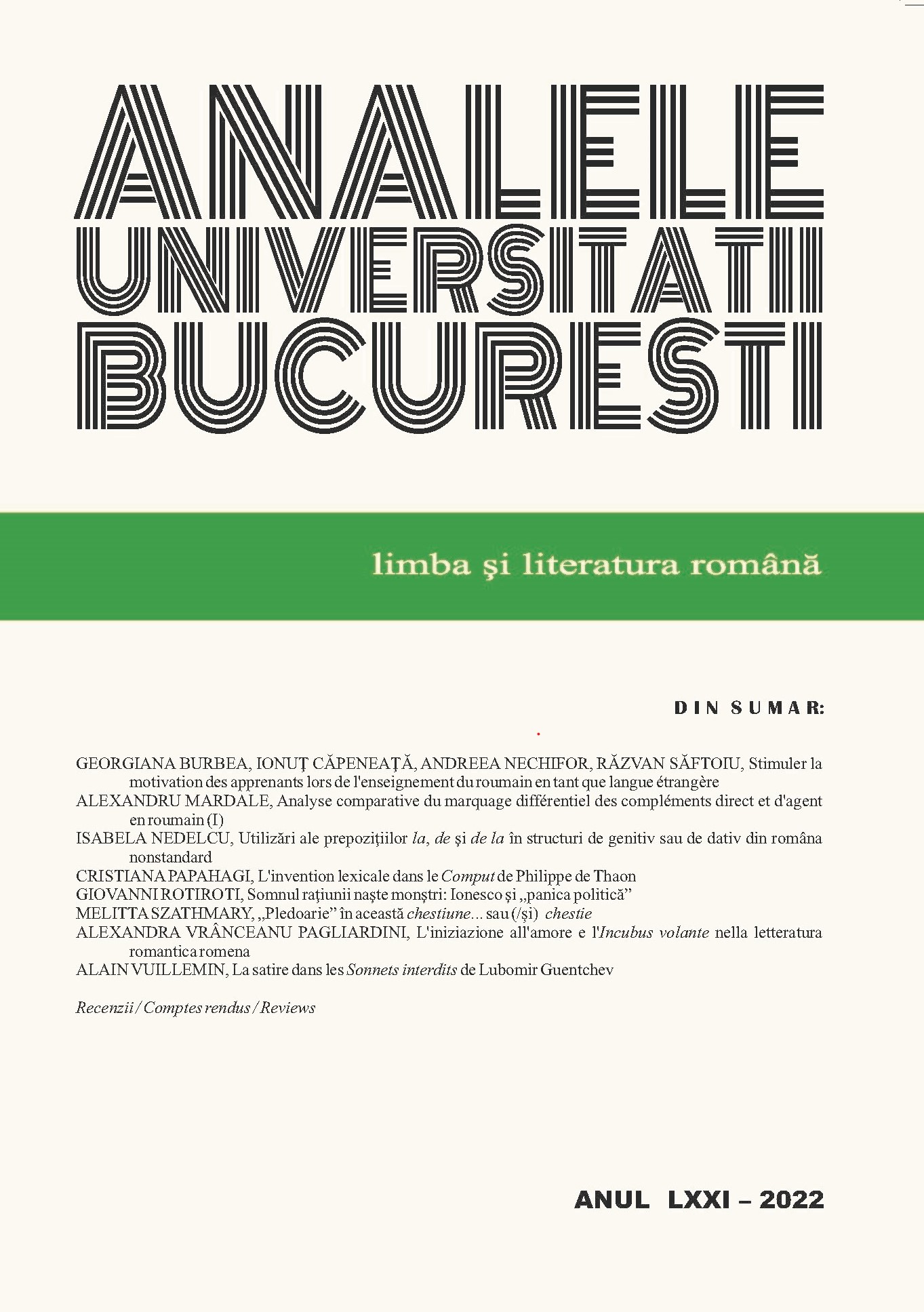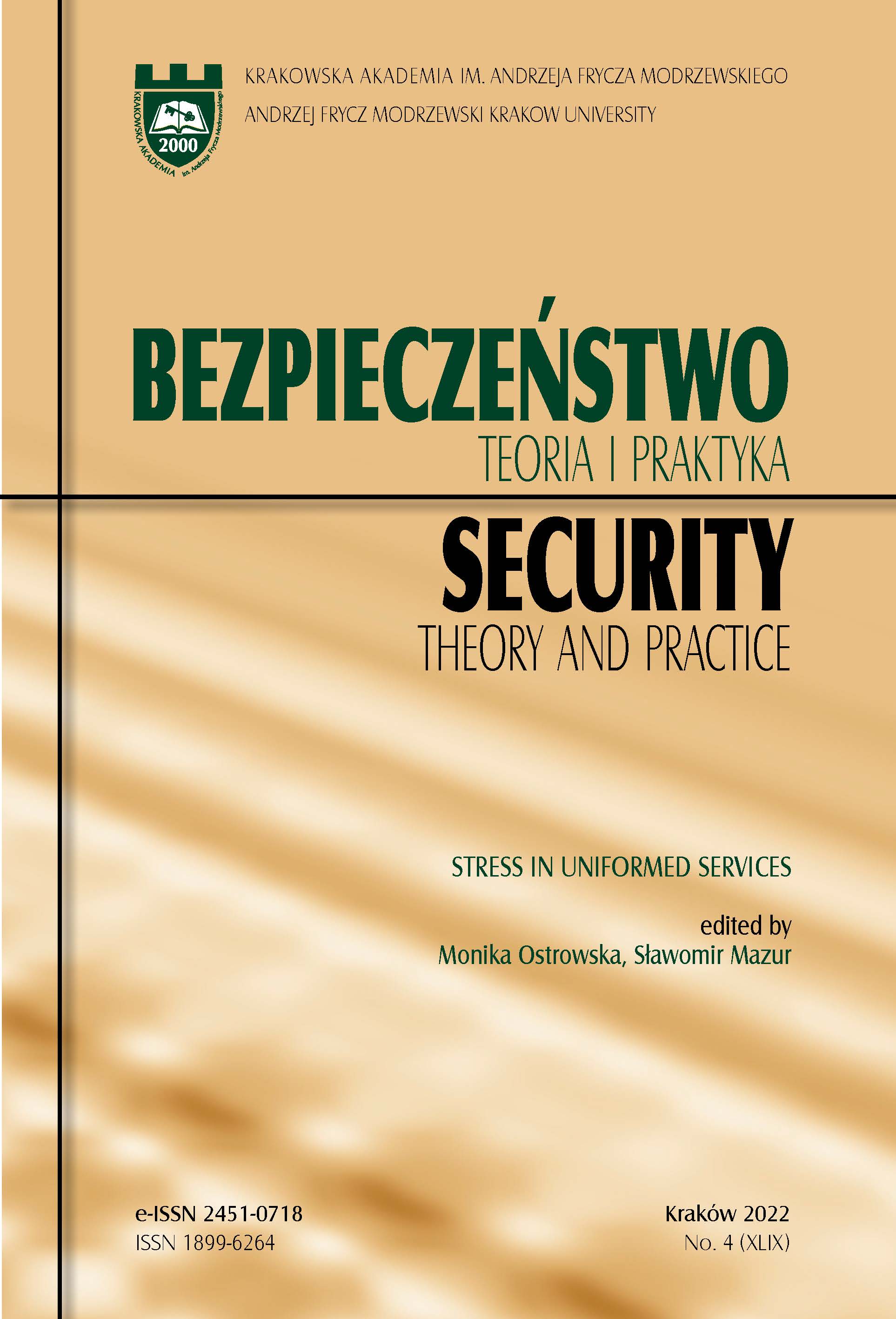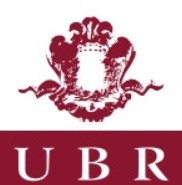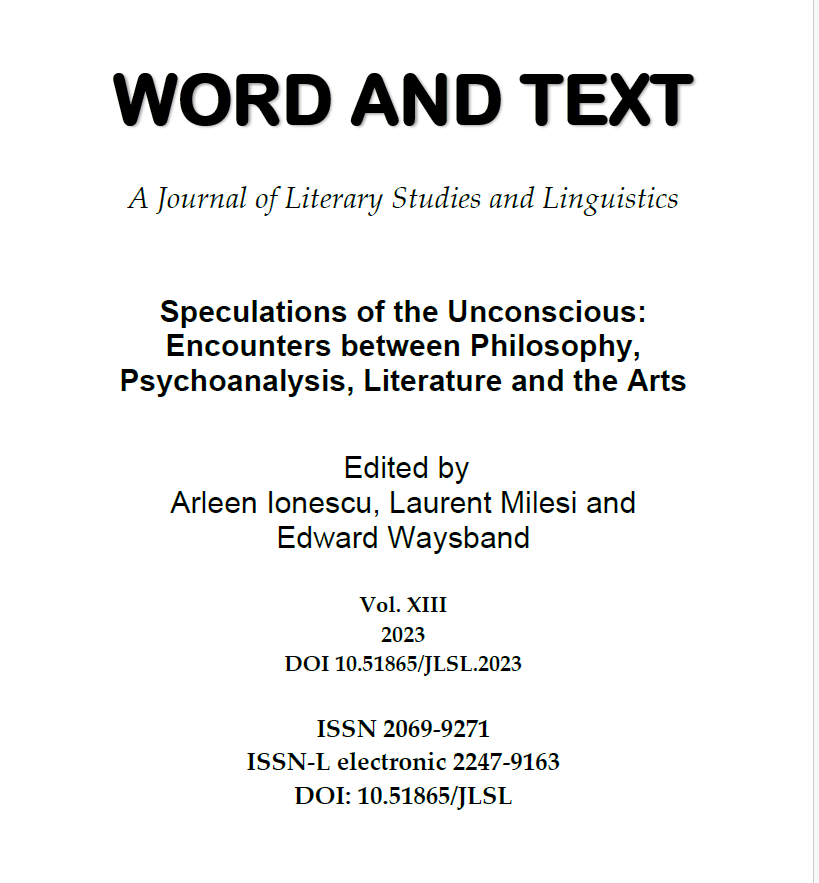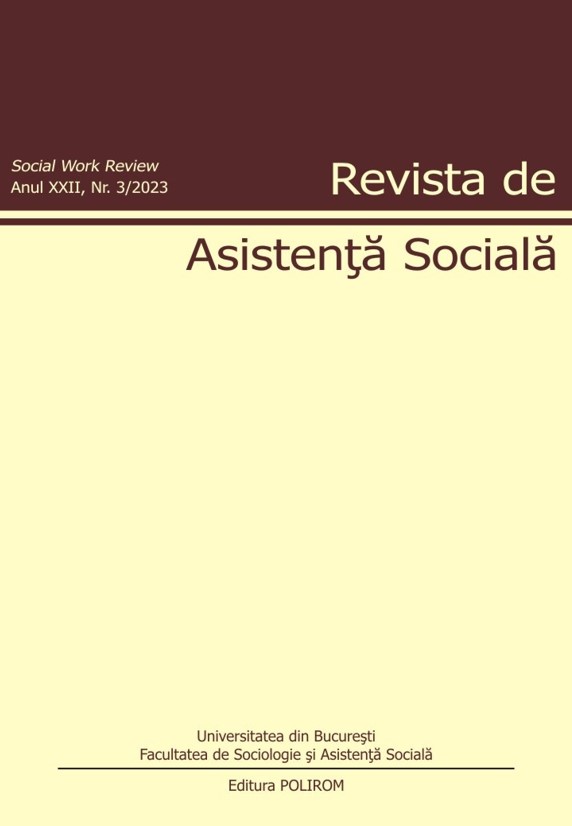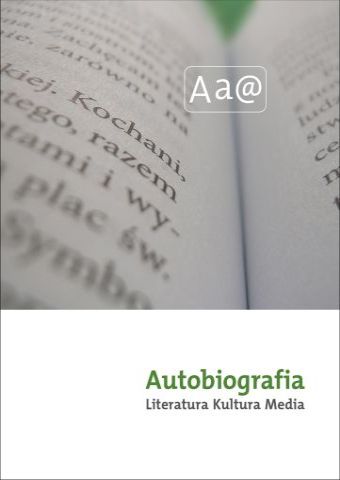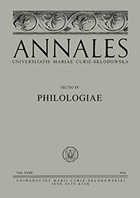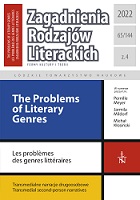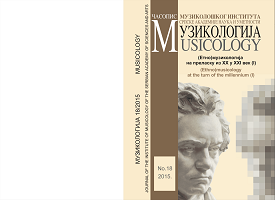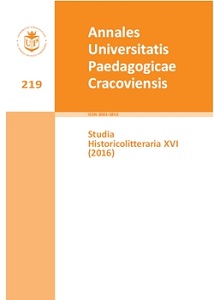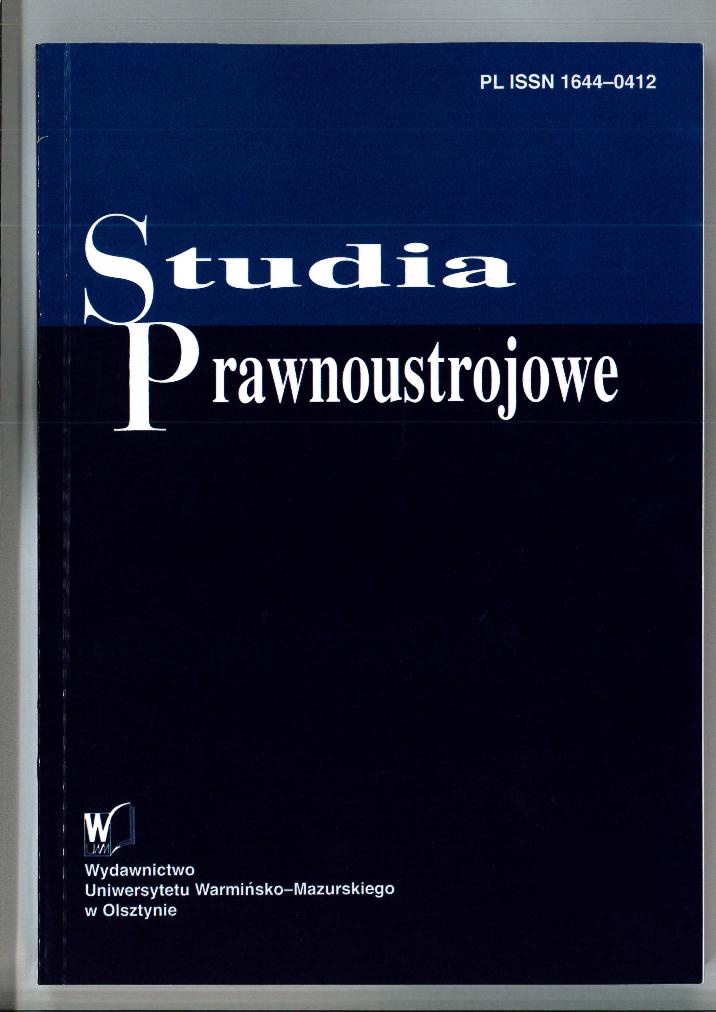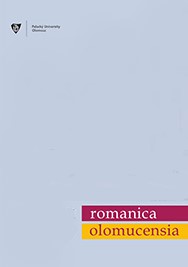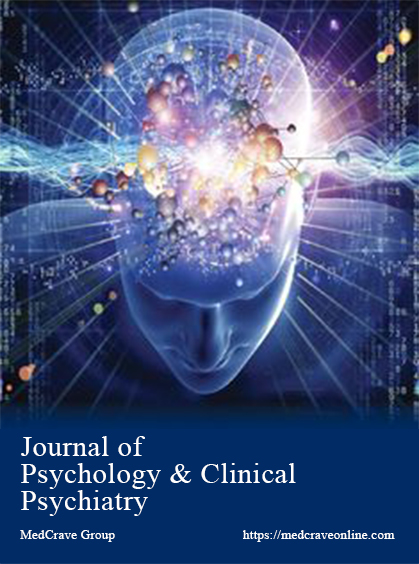Author(s): Szymon Piotr Kubiak / Language(s): English
Issue: 2/2023
Between 1920 and 1921, expressionist Ernst Barlach, who had settled in Mecklenburg, designed a grave monument for Ernst Biesel, a timber merchant. The sculpture, entitled Mother Earth, stood in the Main Cemetery in Stettin, newly designed by Georg Hannig. The theme referred to the chthonic deity spread in primitive, ancient cultures and folk rituals, known among the Celts by the Phrygian name Kybele and among the Germans as Nerthus. The modern German state and nation-building mythology referred to these two ethnic groups. Mother Earth was the subject of a treatise by Albert Dietrich in 1905. Barlach modelled his work on vernacular post-classical sculptures, but his most important source of inspiration was the reception of the Kuma statues, the so-called stone women (11th–13th century), which he had viewed on the Ukrainian steppe in 1906. The crude, blocky sculp- tures, attributed to Celts, Scythians, Huns, Goths or Mongols, for Barlach were the ‘milestone of the initial limit of time’ (Markstein der unteren Grenze einer Zeit), the ‘stone miscarriage’ (steinerne Mißgeburt) and the ‘crystallisation of earthiness’ (Christallisierung des Irdischen). This eastern ‘primitive’ inspiration proved to be a ground-breaking experience for the ‘North-German artist,’ referring to the Migration Period and the formation of post-antique Europe. While at the begin- ning of the 20th century France (additionally burdened with the criticised slogan l’art pour l’art) was regarded as the main heir to classical antiquity, Germany was to restore barbarian mys- ticism (inherited from the Celts) and a sense of practicality (typical of the Germans) to art, which were rooted in a particular love of nature. Barlach’s Mother Earth became a prototypical work for interwar Pomeranian art, representing the supposedly coarse temperament of farmers and fishermen.
More...
